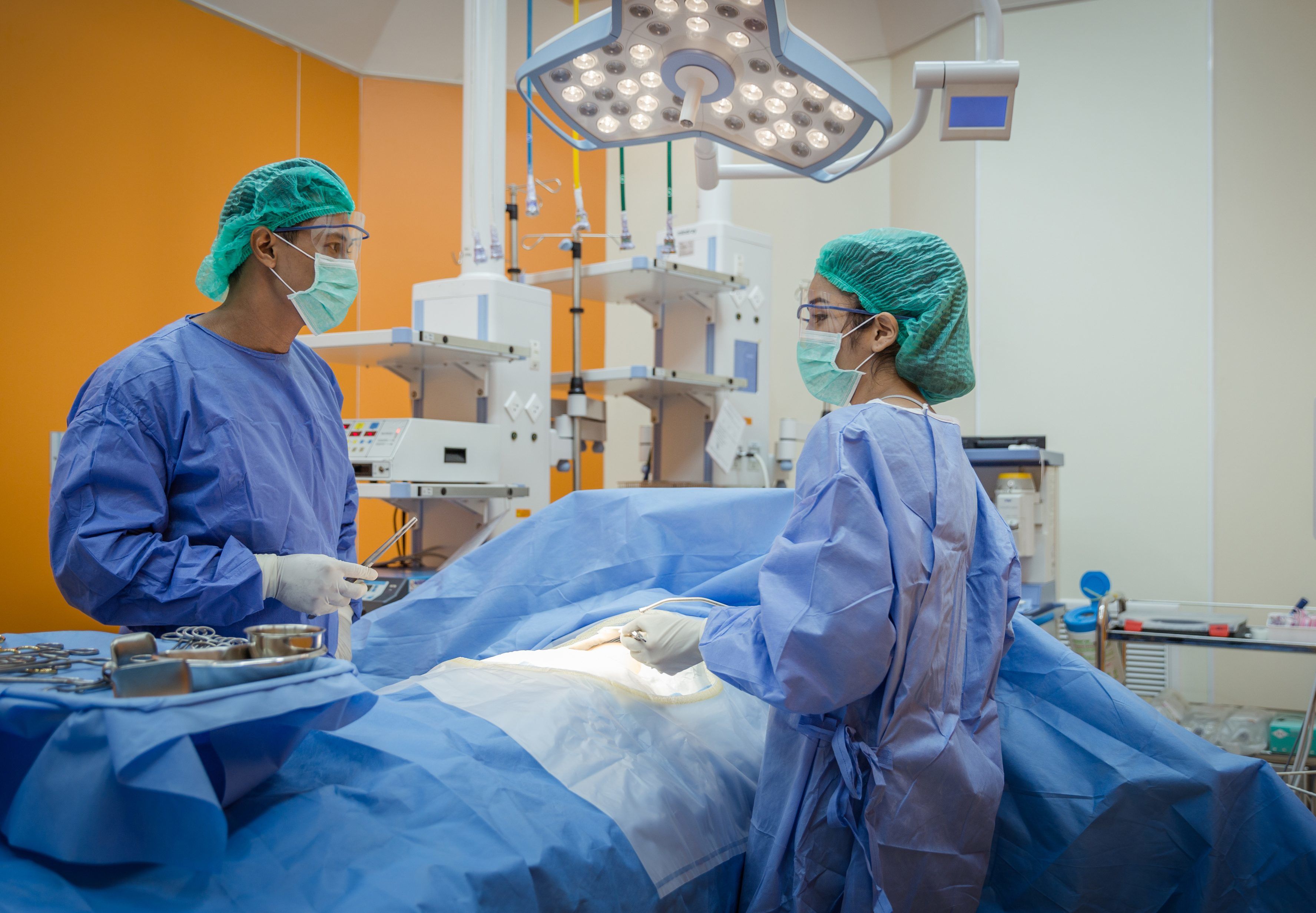An Italian neurosurgeon named Sergio Canavero of the Turin Advanced Neuromodulation Group and his partner Dr. Xiaoping Ren of Harbin Medical University in China claim they have successfully completed the world’s first human head transplant on corpses.
The process involves attaching nerves and blood vessels in the neck and head as well as grafting together the spinal cords.
Many are skeptical that head transplants are possible due to their enormous complexity. Among other things, the patient would have to stay alive long enough for the surgical procedure to work. Then there’s the strong possibility of immune rejection.
“I work with our group here that does face transplants at NYU, and we can barely make those work,” Arthur Caplan, founding head of the division of medical ethics at NYU School of Medicine, told Futurism “A head transplant, to people here, is ludicrous. We can barely keep the face from being rejected, much less all the tissues of the head.”
Before tackling human heads, Ren practiced on mice. He has performed thousands of head transplants on rodents since 2013, and some of the animals lived as long as one day following the procedure, according to Fortune. But that is not a significant amount of time.
Canavero also practiced on rats and monkeys, but many experts were skeptical of his claims that he successfully reconnected the spinal cords on the rodents. If he did make such a huge scientific breakthrough, why hasn’t he used his research to help millions of people worldwide suffering from spinal cord injuries?
Canavero confirmed to USA Today that he has already planned the first procedure involving live humans, but Ren admitted that there’s “some distance to go” before human head transplants are performed on living people. Ren told reporters from his base at Harbin Medical University, “I don’t know when and where this operation on live humans will be conducted.”
Ren believes the experiment he and Canavero conducted using corpses will benefit future research on head transplants on humans: “Prior to us, there was no established plan for head transplant surgery. We have just offered our solutions on what steps should be taken [in this surgery], why to take these steps and how to repair injured tissues. Our target is to ensure patients can recover their function after the surgery.”
Meanwhile, Canavero says the procedure on live humans will involve a Chinese donor and recipient. Canavero plans on severing the spinal cords of both individuals and cooling the brain to a state of hypothermia before attaching it to its new body. Dozens of surgeons and other specialists will be involved in the operation, which Canavero estimates will cost up to $100 million.
The doctors’ research was published in the medical journal Surgical Neurology International.


